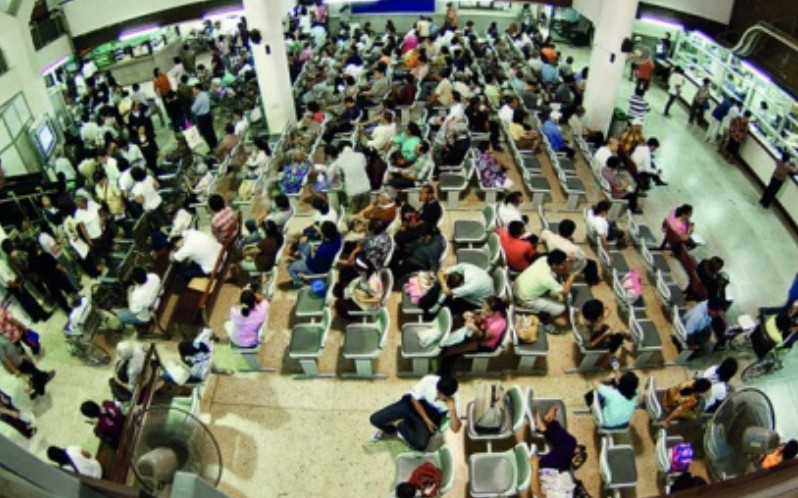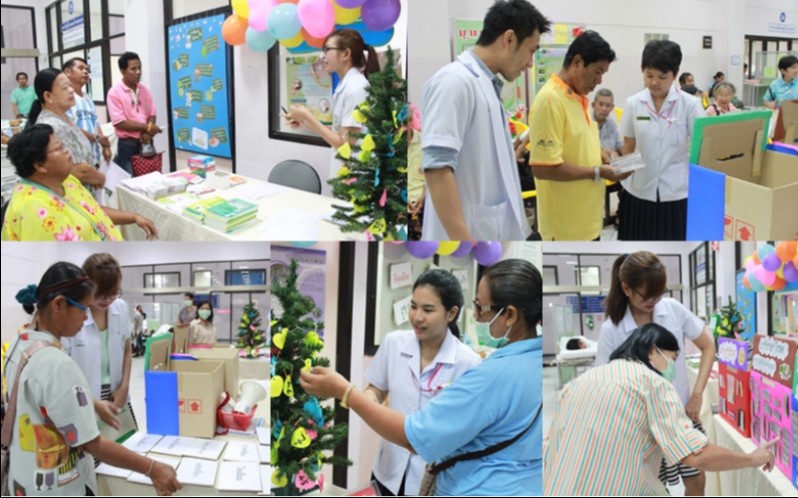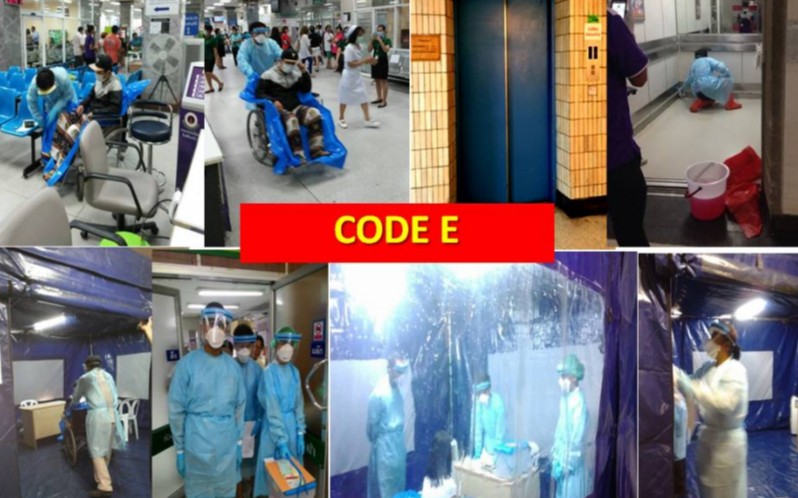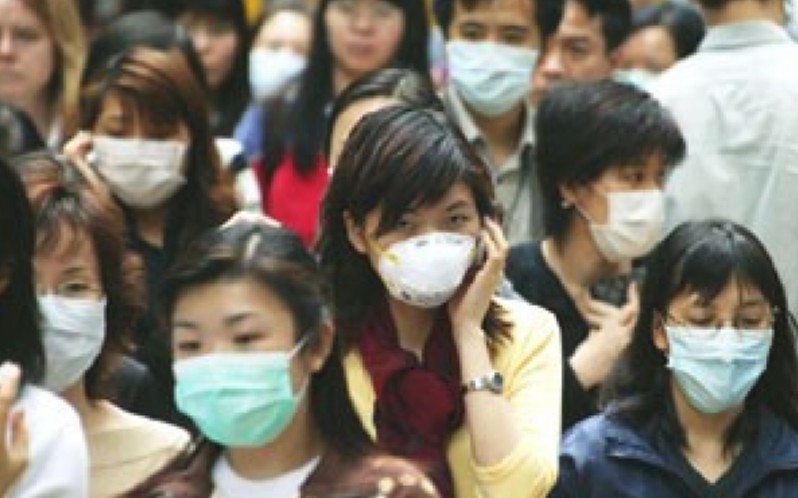Site NO.1: Simplicity and Complexity of Controlling Multidrug-Resistant Organisms in a University Hospital
LOCATION : Ramathibodi Hospital, Mahidol University
Antimicrobial resistance among bacterial pathogens is a major health threat to people worldwide. In the past few decades, the prevalence of such organisms has alarmingly increased continuously. The proportion of Acinetobacter baumannii with carbapenem resistance increased is now around 70-90% in the majority of hospitals countrywide. They are also resistant to multiple classes of antibiotics, which led to high mortality among infected patients. This situation led to a proactive continuous implementation of multifaceted intervention in Ramathibodi Hospital, a university hospital in Central Bangkok, Thailand. We started out, 10 years ago, with a program to limit the use of carbapenem using manual antibiotic order form and proceeded to computer-assisted prescription which allowed physicians to prescribe this group of antibiotics for culture-proven and exclusively carbapenem-susceptible infection. It could slow down the increasing rate of use for years. Then, in 2010, we established the alert system from microbiology laboratory to nurses and physicians who are taking care of that particular patient as well as infection control team so that contact precautions and other necessary measures can be started instantly. The target organisms include carbapenem-resistant Acinetobacter baumannii (CRAB), carbapenem-resistant Pseudomonas aeruginosa, carbapenem-resistant Enterobacteriaceae (CRE), and vancomycin-resistant enterococci (VRE). In 2012, we started the hand hygiene campaign using the framework of the World Health Organization. We arranged various activities to promote hand hygiene and made alcohol hand rub solution available at the point-of-care, as well as renovated sinks for hand hygiene. Training courses and on-site auditing for hand hygiene practice and adherence to contact precautions have been performed all year round by the infection control team in all patient care areas. Furthermore, we distributed information pamphlets to our patients and relatives so they are aware of the importance of practicing hand hygiene themselves. The hand hygiene campaign could raise and maintain compliance up to 70% for many years. Consequently, we were awarded “The Asia-Pacific Hand Hygiene Excellency Program” for the Asia-Pacific Society of Infection Control in 2017.
In 2013, a large epidemic of VRE was detected by our MDRO alert system, which superimposed on the high prevalence of XDR A. baumannii, emergence of carbapenem-resistant Enterobacteriaceae. However, with multifaceted intervention described above, we now can bring these organisms under control. For example, VRE was completely eradicated and prevalence of infection caused by XDR A. baumannii and MRSA decreased from 10/1000 and 6.8/1000 admission in 2012 to 4.2/1000 and 1.6/1000 admission in 2017, respectively. Although our resource is limited, but the combination of simple techniques like hand hygiene and collaboration among all involved personnel has brought about a successful control of problematic MDRO.






